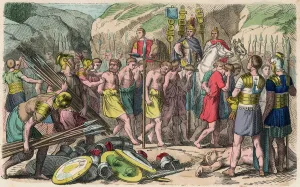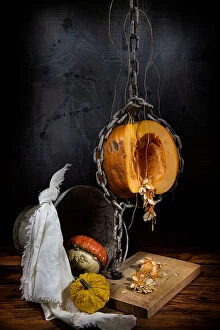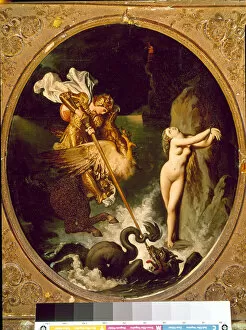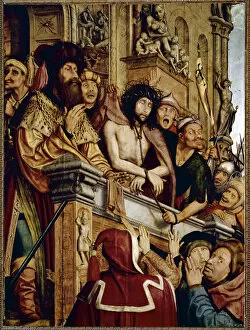Catene Collection
"Unveiling the Ancient Practice: Catene in Ancient Rome and Beyond" Step back in time to Ancient Rome
All Professionally Made to Order for Quick Shipping
"Unveiling the Ancient Practice: Catene in Ancient Rome and Beyond" Step back in time to Ancient Rome, where captured enemies were subjected to a peculiar form of restraint known as "catene. " This colored engraving from 1866 offers a glimpse into this intriguing practice. "L'apertura della zucca, " or "The Opening of the Pumpkin, " depicts the liberation of Angelique by Roger. This act symbolizes freedom from physical chains, reminding us that even in captivity, hope can prevail. In another engraving from the 19th century titled "The Reclusion of a Guilty Person Does Not Require Torment, " we witness the belief that punishment need not be cruel. The silhouette drawing portrays a prisoner chain from 1810-1812, emphasizing how confinement itself can serve as an effective deterrent. Aquatint prints further explore this theme with their striking visuals. One such print declares, "If it is a criminal he dies quickly. " These words echo throughout history as societies grapple with notions of justice and retribution. An engraving dating back to 1810-1820 challenges our perception of security and its connection to barbarism. It suggests that chaining prisoners while they sit is just as savage as their crimes themselves. Delving deeper into artistry, Jusepe de Ribera's painting "Saint Sebastian" captures both beauty and suffering. Created around 1651 in Naples, it immortalizes St Sebastian's martyrdom through exquisite brushstrokes. Moving away from religious iconography but still within historical context, an oil panel painted in 1495 showcases "The Insurrection in the Adriatic Provinces of Austria. " Engraved scenes like these provide glimpses into pivotal moments that shaped our world today. As we reflect on these diverse depictions across different mediums and eras, let us ponder humanity's evolving understanding of justice and imprisonment.












